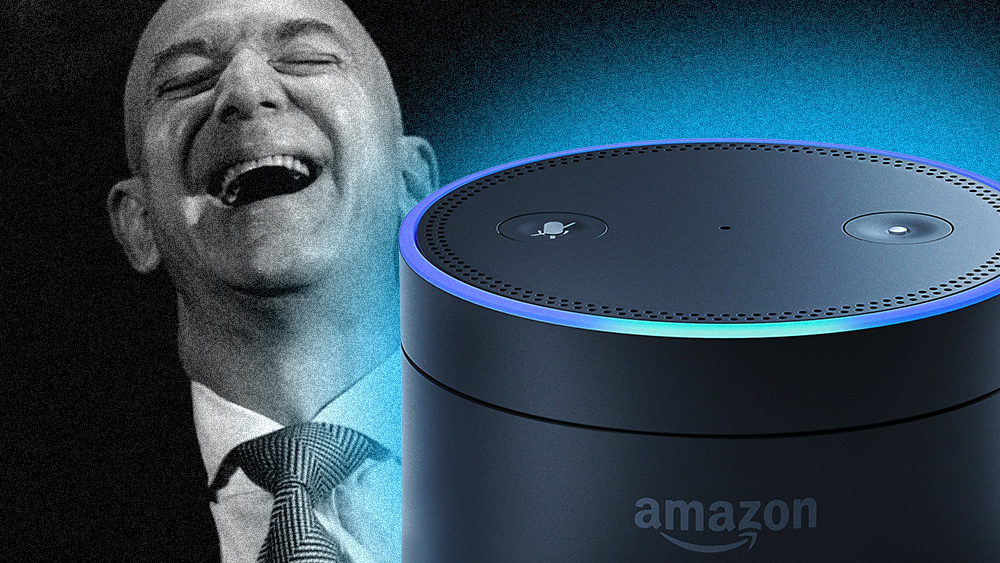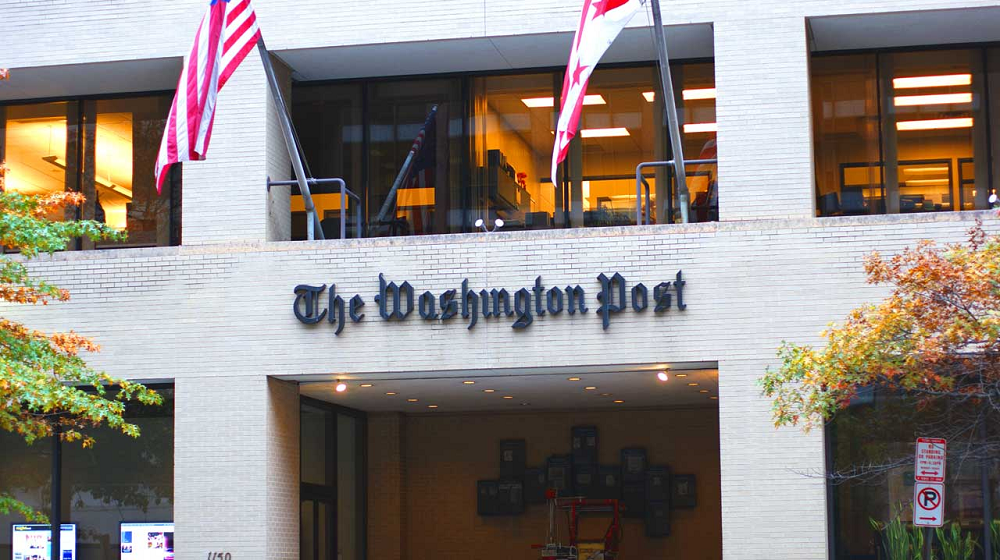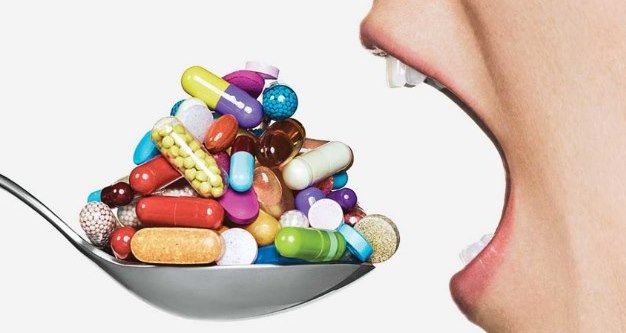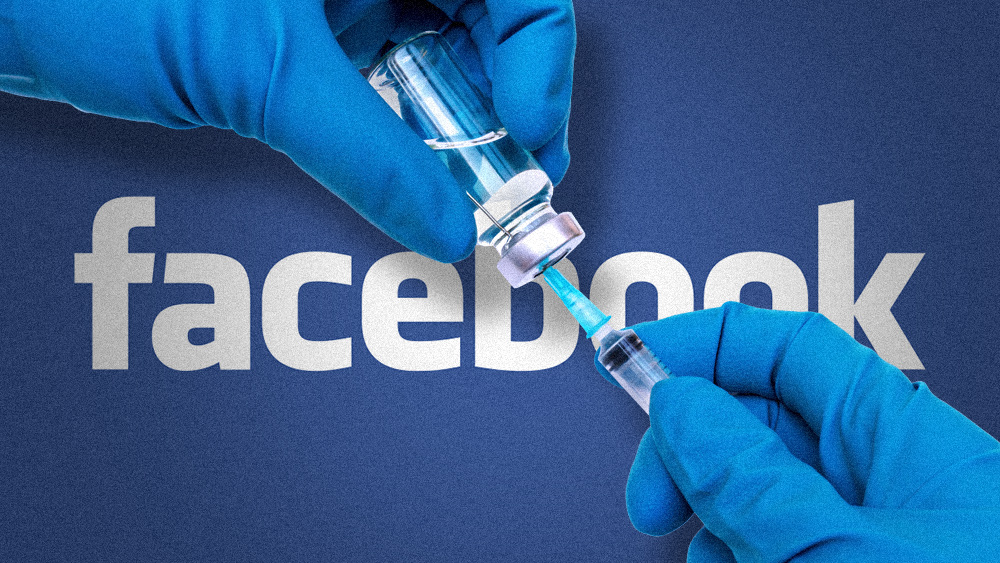Big Pharma’s addictive opioids are causing the ruination of society
12/26/2019 / By Isabelle Z.

Opioid addicts aren’t the only ones suffering from the drug. The crisis is now ruining society in ways that we are only beginning to grasp, and it’s all thanks to greedy pharmaceutical companies who care more about profits than people.
For example, opioid addicts desperate for their next fix are contributing to a spike in retail theft. Case in point: Home Depot executives are blaming the opioid crisis for the surge in thefts hitting their stores across the nation, something they say is going to hurt their operating profit margins.
In a phone call to investors, CEO Craig Menear said he believes the opioid crisis could be behind their financial woes, and he said it’s something that is happening everywhere in retail.
He recounted to investors how thieves were caught trying to steal $16.5 million of goods on one occasion, of which $1.4 million was destined for their stores. Some of their locations have resorted to taking high-value products like power tools off of their sales floors to prevent loss.
Home Depot’s operating profit margins are expected to drop to 14 percent in 2020 on account of the increased thefts, according to Bloomberg. Although it’s not clear how much of this can be attributed to the opioid crisis, it’s clear there is a big problem.
According to the National Retail Federation, retailers lose $51 billion per year on average, and that’s something they expect to rise in the coming years because of the opioid crisis. They say that more than two thirds of retailers have reported a rise in “organized retail crime activity” in the last year.
The crisis is taking a huge toll on the economy
It’s not just Home Depot and other retailers who are taking a hit; the crisis is taking a massive toll on the economy. An analysis by the Society of Actuaries shows that the total economic cost of the nation’s opioid crisis reached $631 billion from 2015 to 2018, which is greater than the GDP of nations like Belgium, Taiwan and Sweden.
Almost a third of the costs, amounting to around $186 billion, were shouldered by local, state and federal governments to deal with the rise in deaths, legal expenses and health care spending related to the crisis, while $445 billion fell on the private sector and individuals.
$205 billion of the estimated financial losses went to the excess health care spending needed for these people’s inpatient and outpatient visits and care for family members. There’s also the impact opioid use has on newborns, who can suffer medical problems and withdrawals when born to parents who abuse the drugs.
Meanwhile, criminal justice costs accounted for $39 billion. This includes expenses like legal fees, correctional facility costs, and police protection.
While health care costs and retail losses are somewhat easy to measure, society is suffering in many other ways, too. People’s lives are being ruined, their livelihoods are being destroyed, and their families are being torn apart thanks to the opioid crisis. Big Pharma is to blame for aggressively marketing these dangerous drugs to people who clearly didn’t need them in the first place, setting them on a downward spiral that is very difficult to break out of.
Rather than show remorse for their actions, some drug company employees have the audacity to joke about the crisis. For example, leaked emails showed two callous executives making light of the deadly crisis, writing things like “Keep ‘em comin’! Flyin’ out of there. It’s like people are addicted to these things or something. Oh wait, people are…” and “Just like Doritos keep eating. We’ll make more.”
According to the CDC, nearly 400,000 people died of opioid overdoses in the years from 1999 to 2017, and many others are living with the effects of the crisis. It’s already impacting countless people who have never even touched the drug, and as long as there’s money to be made, this is a problem that isn’t about to go away.
Sources for this article include:
Tagged Under: addiction, Big Pharma, drug cartels, economics, finance, Home Depot, opioid crisis, Opioids, Prescription drugs, retail theft, substance abuse
RECENT NEWS & ARTICLES
PrescriptionWarning.com is a fact-based public education website published by Prescription Warning Features, LLC.
All content copyright © 2018 by Prescription Warning Features, LLC.
Contact Us with Tips or Corrections
All trademarks, registered trademarks and servicemarks mentioned on this site are the property of their respective owners.



















